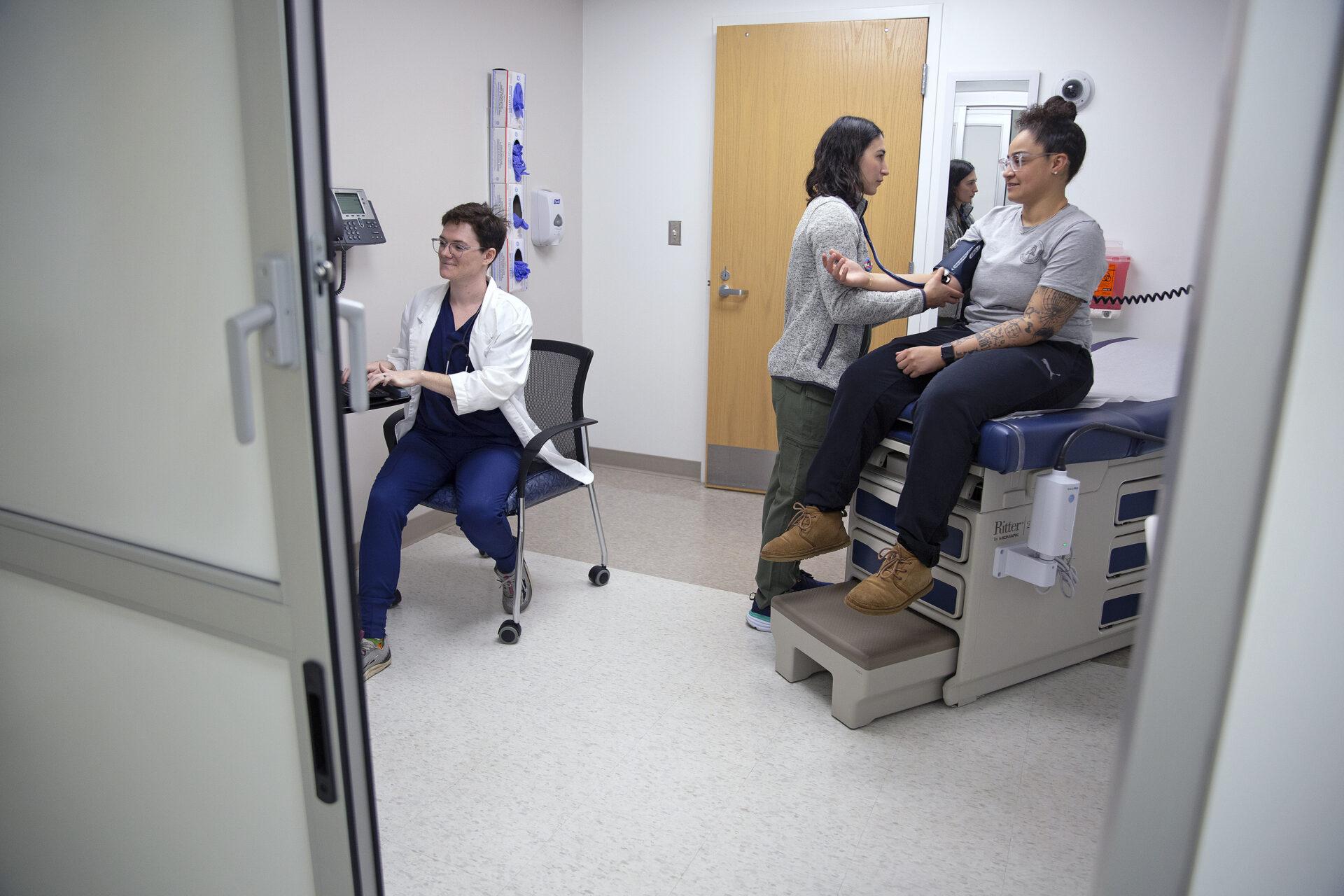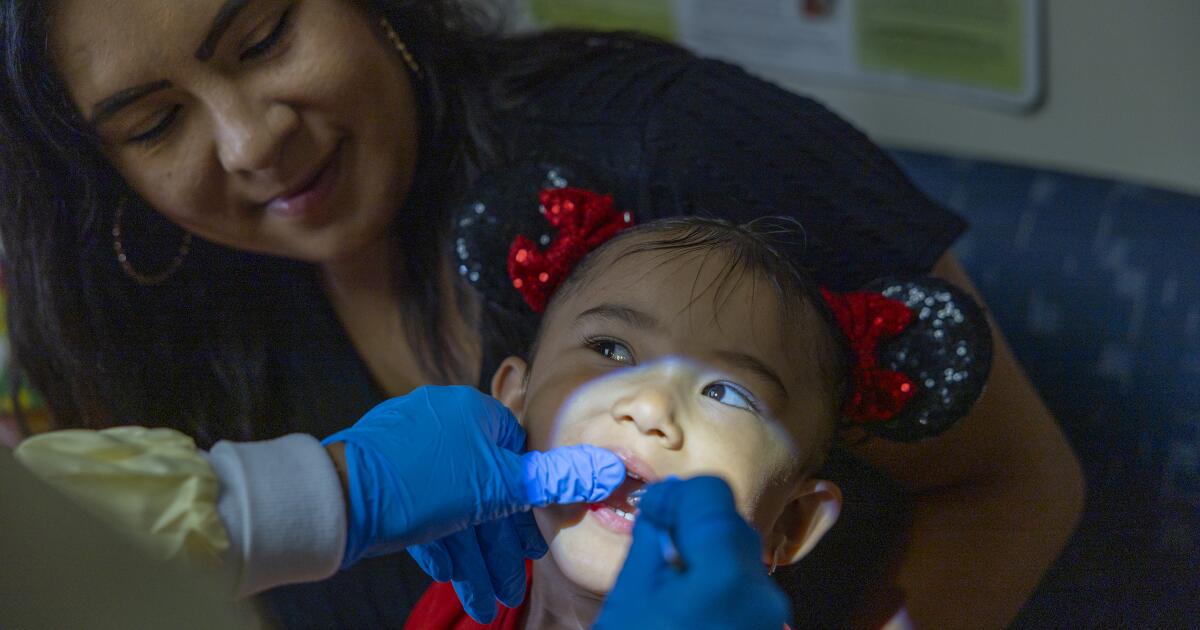What You Should Know About Bone Infection
3 min readTable of Contents

Bone infection, also known as osteomyelitis, can occur when fungi or bacteria invade the bone. If you live with a severe condition like kidney failure or diabetes, you are at risk of getting a bone infection. Dr. Ashley Huddleston in Fort Worth and her team provide holistic and advanced treatment to release uncomfortable symptoms associated with bone infections.
How is osteomyelitis diagnosed?
To diagnose bone infection, the doctor reviews systems, history, and physical examination. After this, the doctor will check for signs and symptoms of bone tenderness and soft tissue redness or swelling. The doctor can also order the following tests to confirm the diagnosis:
Blood test: When testing blood, a complete blood count is taken to confirm an infection. This shows an increase in white blood cell count in the bloodstream that measures and detects inflammation in the body.
Radiographs: The tests show abnormalities in the bone including focal decreased density; this suggests bone destruction by bacteria. It can show an area where a bacterial infection traps the infected bone.
Blood culture: This is a test done to detect bacteria that escaped into the bloodstream. A blood sample is taken and kept in an environment that supports the growth of a bacteria. Allowing the growth of bacteria helps identify the infectious agent and tests with different antibiotics to get effective treatments.
How is osteomyelitis treated?
The aim of treating osteomyelitis is to remove the infection and prevent the development of chronic infection. This condition can cause permanent deformities such as chronic problems and fractures. It’s good to treat it as soon as possible. Here are some of the treatments:
Drainage: If you have an open abscess or wound, it can be drained using a procedure known as aspiration. Here, a needle is driven into the affected area, and the fluid is extracted.
Antibiotics medications: Using antibiotics is the first step in treating osteomyelitis. They help the body eliminate bacteria in the blood that can re-infect the bone. The type and dosage of antibiotics prescribed depends on the extent of infection or type of bacteria present in the bloodstream. It is significant to check the offending organism through biopsy, aspiration, and blood cultures. The idea is to make attempts in doing the procedures to determine organisms before starting the antibiotics.
Surgery: Bone infections that are well-developed are eliminated through surgical procedures, and the destroyed bone is removed. For spinal abscesses, surgery is not suitable unless there is a compression of the nerve root or spinal cord. The patient with spinal osteomyelitis is given antibiotics to kill a specific bacteria associated with the infection. After the surgery, you are given antibiotics against a particular infection and are administered during the hospital stay.
With good treatment, the outcome of osteomyelitis is usually promising. But chronic osteomyelitis can be worse, even with surgery. Sometimes amputation can be necessary because chronic osteomyelitis can be resistant to treatment. In this case, you should report to your doctor if you feel any changes in the bones, even if it’s something silly, to avoid chronic osteomyelitis.






